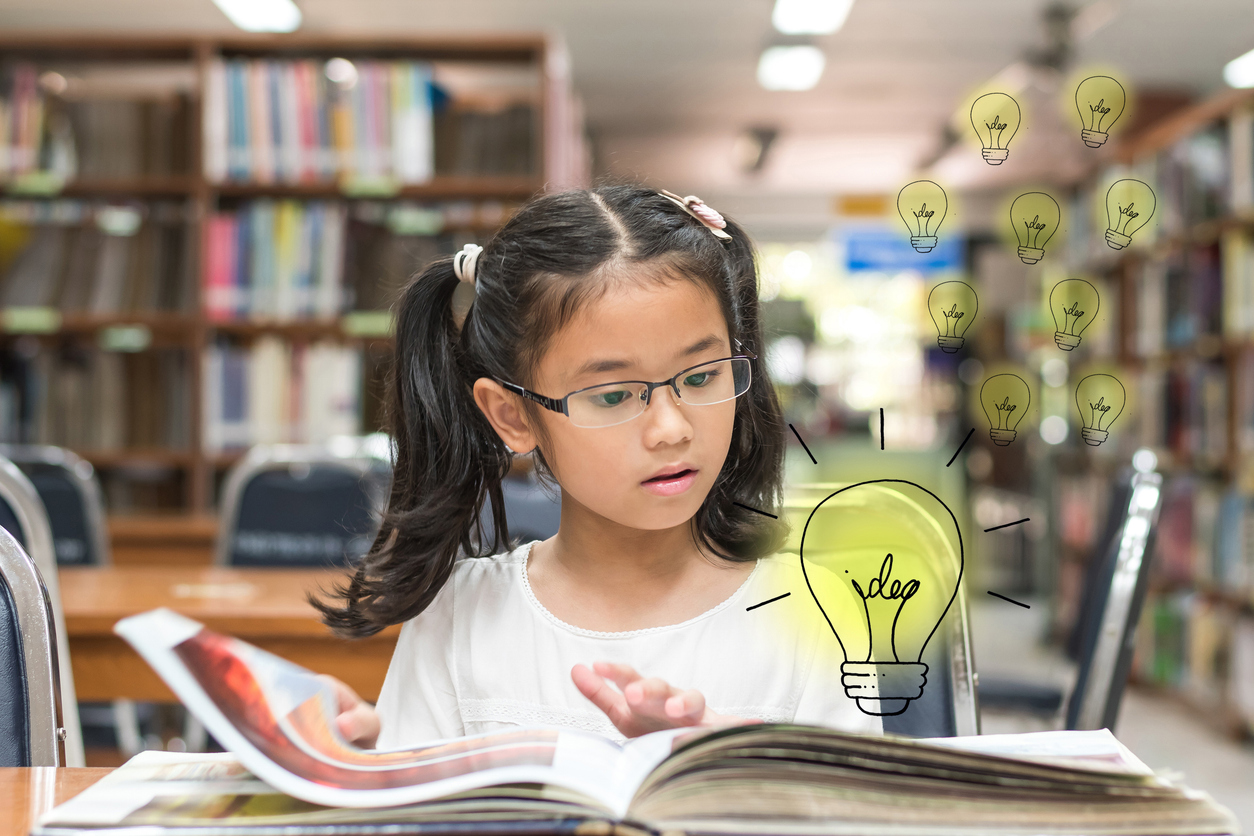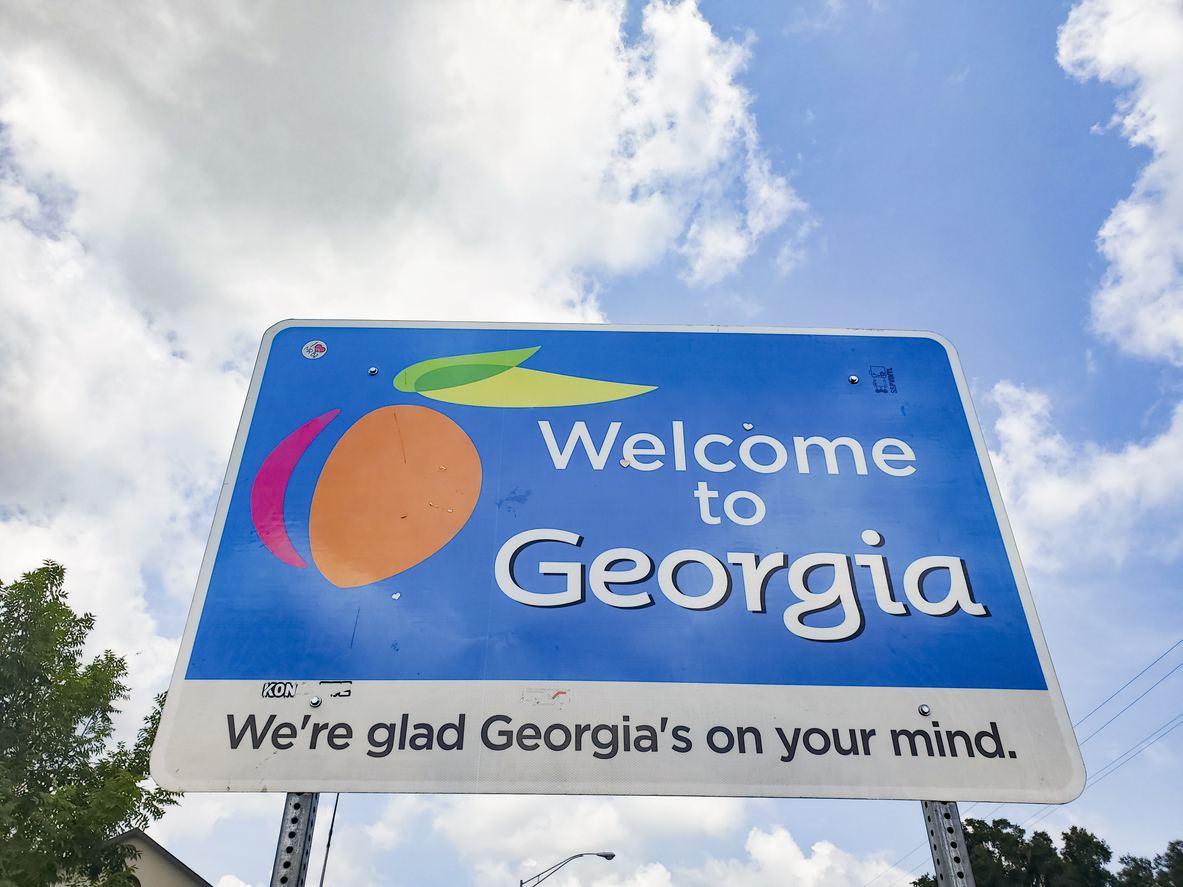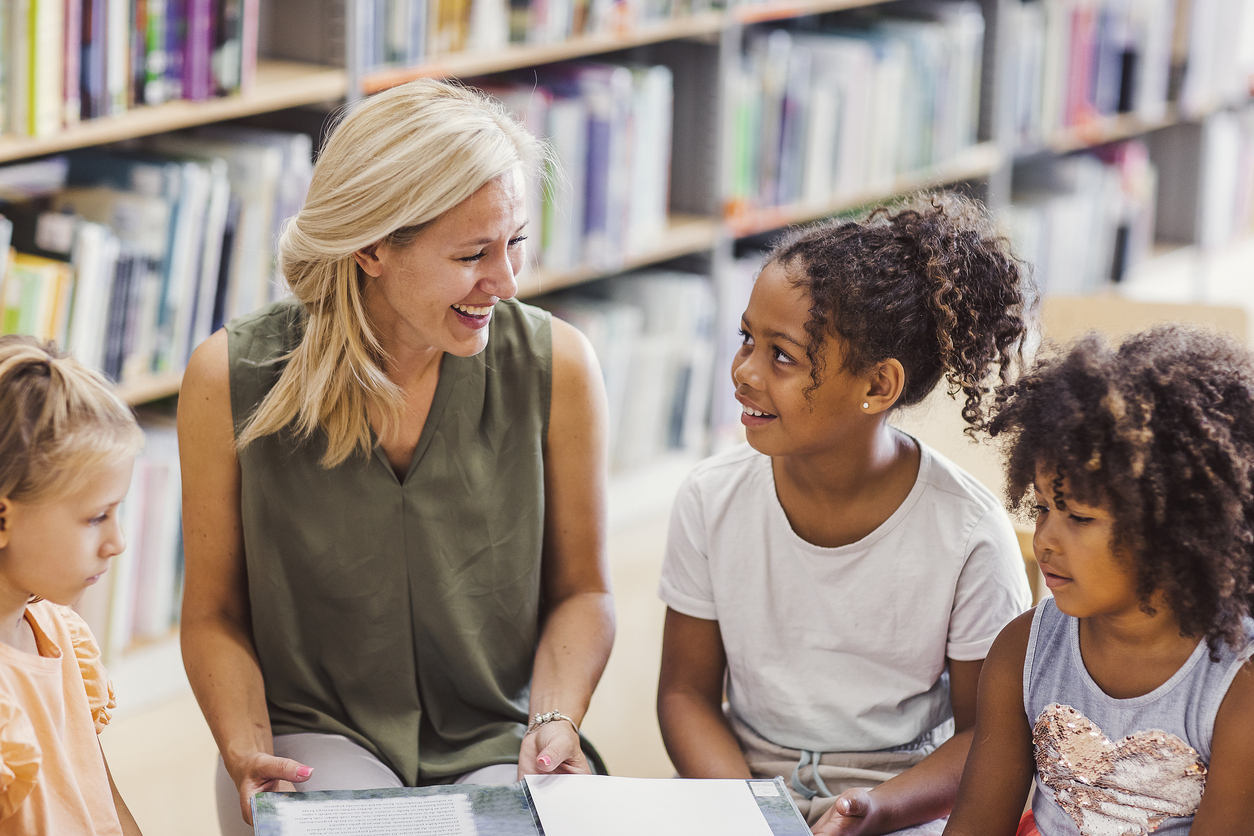10 Tips to Keep Students Engaged Over the Holiday Break
As educators, we know that it is vital to keep our students’ minds active and learning over the holidays. However, keeping them engaged during the holiday break can be a challenge. Here are some tips to help you make the most of the holiday break and ensure your students stay engaged and enthusiastic about learning.
1. Set Achievable Goals and Track Progress
One effective way to keep students engaged is by setting achievable goals. These could be reading a certain number of books, completing a project, or practicing a new skill. Make sure these goals are realistic and suitable for the age and ability of the child.
To track progress, consider creating a visual chart or using an online tool like Progress Learning. This will not only allow the child to see their progress but also instill a sense of accomplishment as they move closer to their goal.
2. Make Goal Setting a Collaborative Process
Goal setting shouldn’t be a solo task assigned by the teacher; instead, it should be a collaborative process that involves the student. For younger children, this might mean selecting books to read from a pre-approved list or choosing a project from a set of options. Older students might be invited to propose their own projects or study plans.
This approach has several benefits. It allows the student to feel ownership of the process, which can increase engagement and motivation. The student is also more likely to select a goal that aligns with their interests, which can make the learning process more enjoyable and meaningful. Finally, it provides an opportunity for the student to practice decision-making skills.
To facilitate this process, educators might consider holding a goal-setting session before the holiday break. This could be done either individually or as a class. Remember, the key to success lies in the balance — the chosen goal should neither be too easy nor too challenging, as either extreme might lead to frustration or a lack of interest.
3. Engage with Technology and Digital Resources
Digital resources and technology offer a wealth of opportunities for interactive learning. Encourage students to use educational apps that cater to their interests and learning levels. From coding games to virtual museum tours to edtech solutions like Progress Learning, these tools can keep kids engaged while providing a fun learning experience. Also, online platforms like YouTube offer countless educational videos on a variety of subjects which can supplement their formal education.
Checklist for Effective Technology Use
Here’s a checklist to help ensure that technology use is effective and beneficial for students:
- Determine the Learning Objective: Before introducing any digital tool, clarify the learning objective. Understand what the student should learn or be able to do after using the technology.
- Evaluate the Tool: Do some research about the digital tool. Read reviews from fellow educators, check its credibility, and ensure it aligns with your learning objectives.
- Accessibility: Make sure the tool is accessible to all students. Consider factors like internet requirements, device compatibility, and user-friendliness.
- Safety and Privacy: Check the tool’s privacy policy. Ensure it protects the students’ personal information and provides a safe learning environment.
- Provide Clear Instructions: Guide the students on how to use the tool. Provide clear instructions and be available for assistance when needed.
- Balance: Balance technology use with other forms of learning. Ensure that screen time is appropriately balanced with offline activities.
- Feedback and Assessment: Use the tool’s features to provide feedback and assess student progress. Many digital tools offer functionalities for tracking progress, providing feedback, and generating reports.
- Flexibility: Ensure the tool offers flexibility. Students should be able to learn at their own pace and revisit content when needed.
- Engagement: Evaluate if the tool is engaging. It should capture students’ interest and make the learning process enjoyable.
- Encourage Collaboration: If possible, choose tools that promote collaboration among students. Learning is often more effective when it’s a shared experience.
4. Make Family Time Fun by Scheduling a Game Night
Education doesn’t have to be confined to textbooks. Family game nights can be a fun way to learn and practice various skills. Board games can help with strategy and critical thinking, while games like charades can boost creativity and communication skills.
Tips for Using Games for Learning
Games can serve as powerful learning tools, enhancing student engagement and fostering critical thinking. Here are some tips for integrating games into your educational strategy:
- Align Games with Learning Objectives: Choose games that align with your learning objectives. Whether it’s reinforcing a mathematical concept or enhancing vocabulary, the game you select should serve a purpose.
- Choose Age-Appropriate Games: Ensure that the games are suitable for the age and developmental stage of the students. The complexity and content of the game should be appropriate to the learners’ abilities.
- Establish Rules and Guidelines: Before starting the game, establish a clear set of rules and guidelines. This will help maintain order and ensure a fair game.
- Facilitate the Game: As an educator, your role is to guide students during the game. Ensure that everyone understands the rules, answer questions, and keep the game on track.
- Debrief After the Game: After the game, engage students in a discussion. Ask them what they learned, how they strategized, and how the game’s concepts relate to real-world scenarios. This reflection period can solidify learning outcomes and facilitate deeper understanding.
- Encourage Teamwork: Games can be an excellent platform to foster teamwork and collaborative skills. Encourage students to work together, strategize, and help each other during the game.
- Mix It Up: Don’t stick to just one game. Variety will keep students interested and cater to different learning styles and preferences.
By following these guidelines, games can be effectively utilized as a learning tool, keeping students engaged and making education fun and interactive.
5. Encourage Creative Expression Through Arts and Crafts
Fostering creativity in students during holidays can be both fun and educational. Encourage them to indulge in arts and crafts projects that stimulate their creative thinking and enhance their fine motor skills. This could be as simple as painting a picture, creating holiday-themed crafts, or building models. For older students, writing short stories or poems can be a great way to express creativity. Remember to provide positive feedback on their creations to boost their confidence and motivation.
Tips for Fostering Creativity Through Arts and Crafts
Incorporating arts and crafts into your holiday education plan can provide an enriching and enjoyable learning environment. Here are some tips to effectively encourage creativity:
- Variety of Materials: Offer a variety of materials for students to experiment with. This can include paints, colored pencils, collage materials, clay, and more.
- Freedom of Expression: Allow students the freedom to express their creativity. There’s no right or wrong in art, and each creation is unique.
- Theme-Based Projects: Incorporate themes into arts and crafts projects. This can tie into other learning objectives or seasonal events.
- Incorporate Learning: Use arts and crafts to reinforce other areas of learning. For instance, a painting activity could incorporate color theory or a craft project could involve geometric shapes.
- Showcase Work: Display students’ artwork in a dedicated space. This validates their efforts and encourages pride in their work.
- Provide Positive Feedback: Praise students for their creativity and effort, not just the final product. This reinforces the importance of the creative process itself.
- Collaborative Projects: Encourage collaborative art projects, which can foster teamwork and communication skills.
By integrating these strategies, you can create a stimulating and creative learning environment that enriches students’ artistic skills and critical thinking.
6. Recommend Educational Documentaries and Books
There are numerous educational documentaries available that cover a wide range of topics from science to history and culture. These can be a great way to engage students in learning during the holidays. Similarly, recommend age-appropriate books that can help expand their knowledge and improve their reading skills.
Remember, the idea is to keep the learning process active during the holidays while making it fun and enjoyable. Try to balance structured activities with free play and relaxation. The goal is not to burden the child but to keep their brain stimulated and engaged.
7. Discuss Topics Other than Academics to Maintain Interest
While academics are important, children need a break from formal education. Use this time to discuss other topics of interest to them. This could be anything from sports, music, art, current events, or even cooking.
This will not only keep them engaged but also broaden their knowledge and understanding of the world. Plus, it’s a great way to bond and learn more about what interests your students.
8. Put Together an Action Plan for the Entire Break
Planning is key to ensuring that the holiday break is productive and enjoyable. Instead of leaving things to chance, put together a structured plan that includes various activities and learning opportunities.
However, remember to include downtime in your plan. Rest and relaxation are just as important for children’s overall well-being.
Action Plan Outline for the Holiday Break
- Establish a Routine: Even though it’s a break, maintaining a daily routine can provide structure and help manage time effectively. This doesn’t mean you need to follow a strict schedule, but having a general flow to each day can be useful.
- Balance Learning and Leisure: Make sure to balance structured learning activities with leisure time. Include time for reading, outdoor activities, arts and crafts, and educational games.
- Include Diverse Activities: Ensure a mix of different activities to cater to different interests and learning styles. This could include STEM activities, reading, creative writing, arts and crafts, physical activities, and more.
- Plan Collaborative Activities: Include some activities that foster teamwork and collaboration. This could be a group art project, a team sport, or a group science experiment.
- Incorporate Real-World Learning: Use this time to incorporate learning that connects to the real world. This could be through educational documentaries, discussions on current events, or practical hands-on activities.
- Allocate Time for Rest and Relaxation: It’s important that students have downtime to unwind and recharge.
- Set Goals and Rewards: To keep students motivated, set some learning goals for the break and reward them when they meet these goals. The rewards don’t have to be big – they can be as simple as an extra hour of leisure time or a special treat.
- Review and Adjust the Plan as Needed: Keep the plan flexible and adjust as necessary. The goal is to keep the break productive and enjoyable, not to create stress. If something isn’t working, don’t hesitate to make changes.
By following this outline for your action plan, the holiday break can be a fruitful and enjoyable time for students.
9. Set Goals with Incentives and Rewards
Incentives and rewards can be amazing motivators. Consider setting up a reward system where students earn points or tokens for reaching their goals. These could then be exchanged for small rewards like extra playtime, a special treat, or even a fun outing.
Remember, the goal isn’t to bribe them into learning, but rather to make the process more enjoyable and engaging.
Examples of Incentives and Rewards
There are multiple incentives and rewards that can encourage students to reach their learning goals during the holiday break. Here are a few examples:
- Educational Games: Offer an extra session of educational games as a reward. This not only acts as an incentive but also supplements learning in a fun way.
- Special Outings: Organize a visit to a local museum, zoo, or botanical garden. These outings can serve as a great incentive and also offer educational value.
- Book of Choice: Allow students to pick a book of their choice to read. This incentive can boost their reading habits and encourage them to explore different genres.
- Extra Recreation Time: Offer additional time for recreational activities, like free play or watching a favorite movie, as a reward for achieving learning goals.
- Arts and Crafts Materials: Reward students with new art supplies. This can motivate them and provide resources for creative expression.
- Certificates of Achievement: Present students with certificates of achievement for meeting learning goals. This can instill a sense of accomplishment and boost self-esteem.
By carefully choosing incentives and rewards, you can motivate your students and make learning an enjoyable process.
10. Create a Family Challenge Where Everyone Can Participate
Creating a family challenge can be a fun way to keep everyone engaged. This could be a reading challenge, a science experiment, or even a cooking challenge.
The key is to choose something that everyone can participate in, regardless of age or ability. This not only promotes learning but also fosters a spirit of teamwork and collaboration.
In conclusion, keeping kids engaged during the holiday break doesn’t have to be a daunting task. With some planning and creativity, you can ensure that your students continue to learn and grow, all while having fun. Happy holidays!
Interested in a platform that keeps students engaged all year? Schedule a demo with us today!


